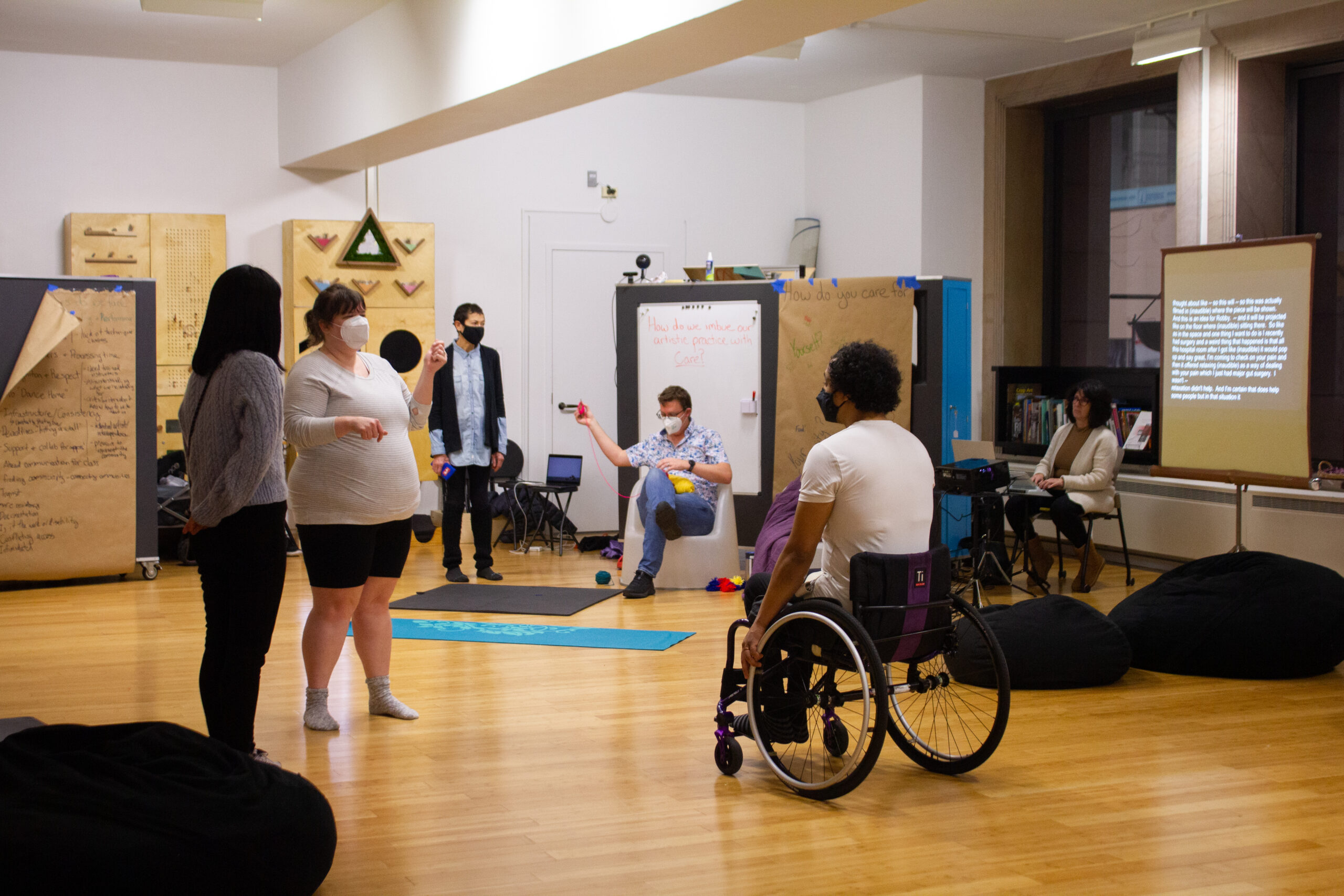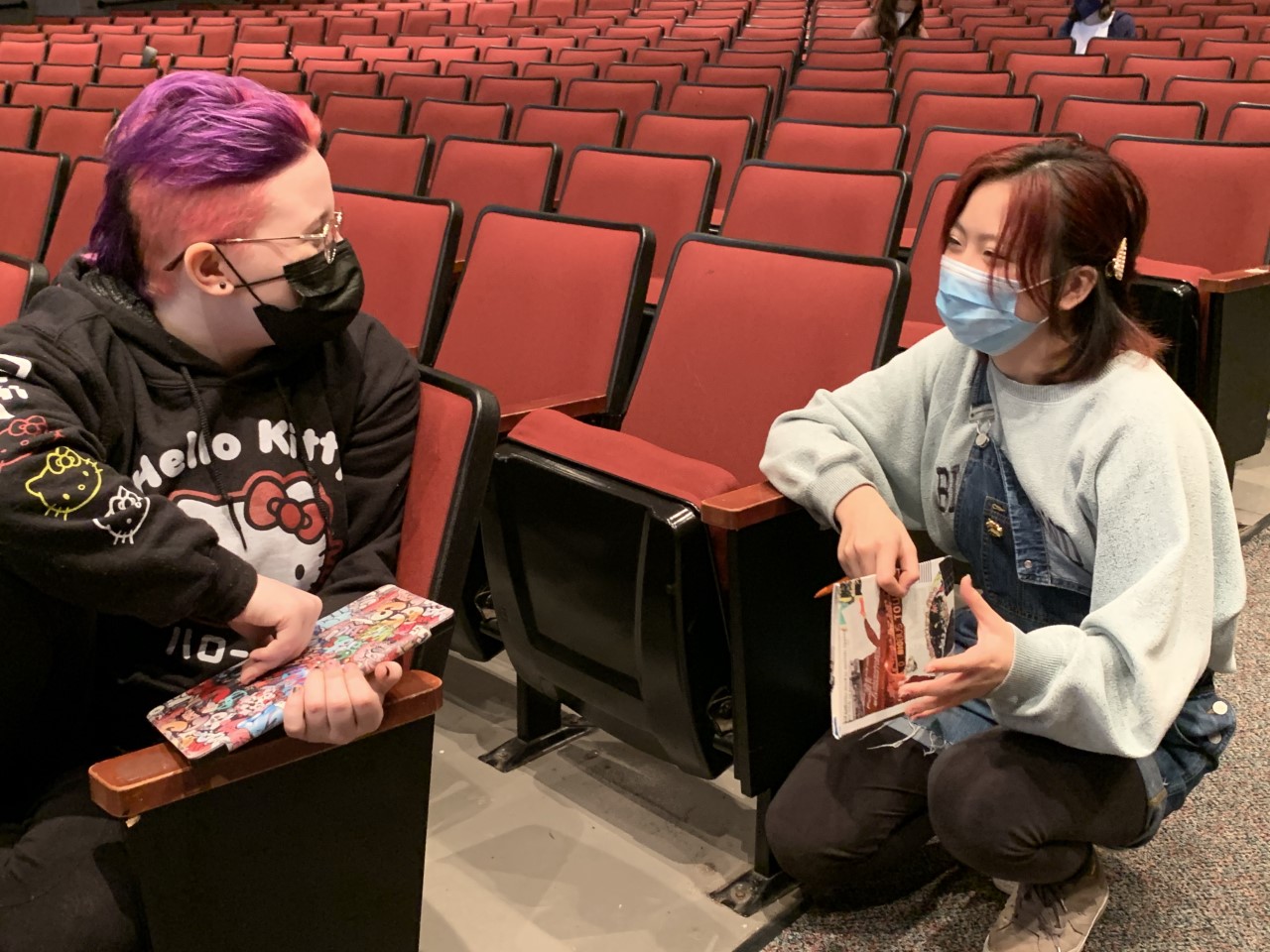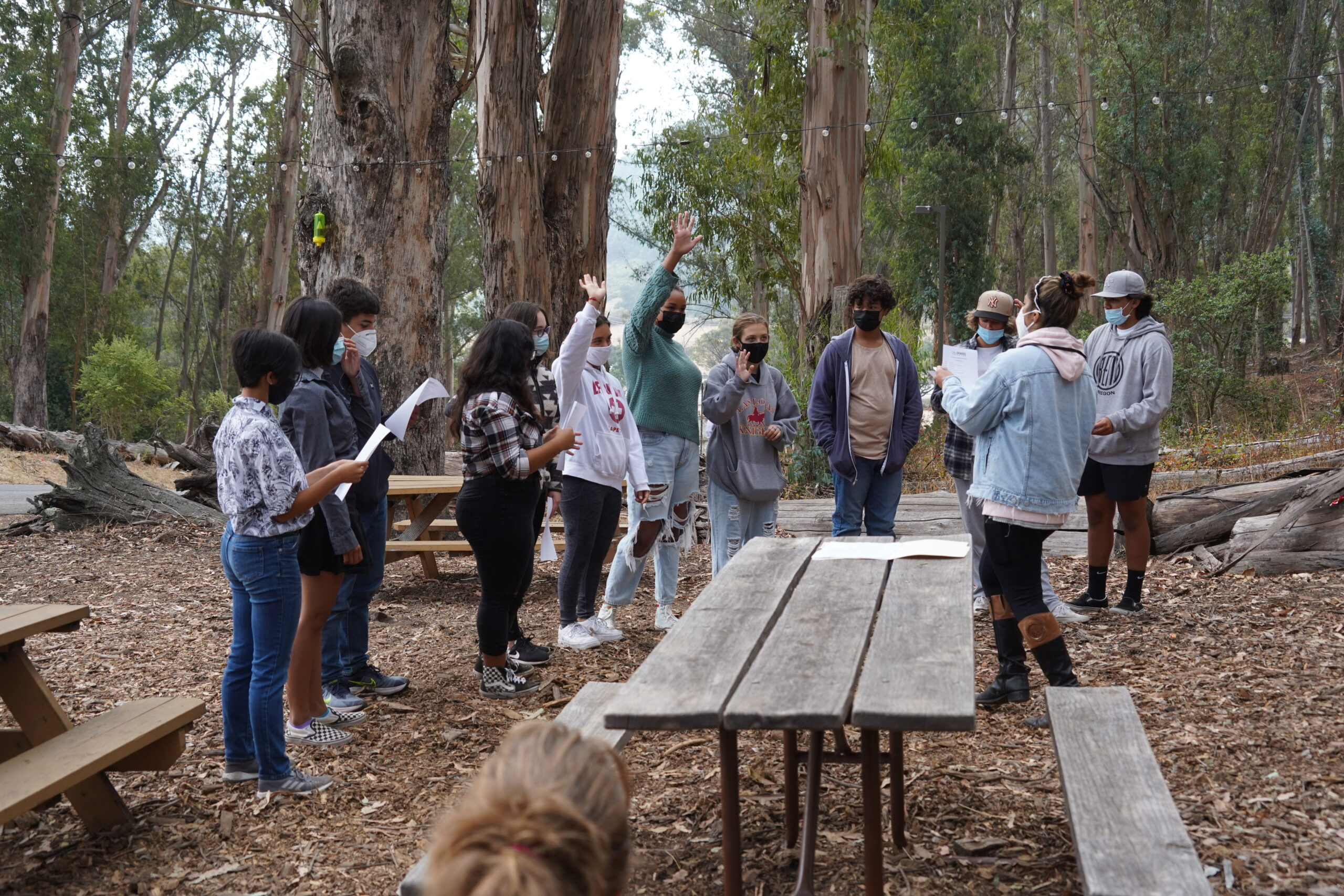During the height of the COVID-19 pandemic, Arts Midwest partnered with the National Endowment for the Arts, the Mellon Foundation, Builders Initiative, and our State Arts Agencies to provide relief funds to arts organizations.
The goal of these efforts was to provide support to arts organizations that were losing revenue due to facility closures, canceled productions and exhibitions, and canceled programming.
In total, we disbursed more than $5 million over the course of three years.
What We Did
From 2020-2022, we worked with partners to design and launch three grant programs for Midwestern organizations. These programs drew on funding from the Coronavirus Aid, Relief, and Economic Security Act (CARES) and the American Rescue Plan (ARP), as well as a privately funded U.S. Regional Arts Resilience Fund.
In total, these programs directed more than 467 grants to small and midsize organizations in the Midwest. Grants ranged in size depending on funding source, with federally backed funds averaging $5,500 and private grants averaging $33,000.
We were driven to disburse funds quickly and with minimal effort to grantees.

Lessons Learned and Unlearned
Now three years out from the peak of this work, we reflect on some lessons learned along the way.
1. Faster does not always mean better.
Time was of the essence in these programs as many arts organizations were losing earned income at an unprecedented rate.
But grantmaking is not always a fast process.
The typical lifecycle of a grant program at Arts Midwest begins with a design phase that explores community needs and identifies intended outcomes. That process is followed by an application and guidelines development phase, application launch and support, panel review, notification and award administration. Finally, we oversee report collection and closeout. Depending on the program, this work can take more than a year to develop and launch.
We didn’t have that kind of time. We tested two different strategies to shorten this process:
-
1
For our federal grants (CARES and ARP), we partnered with our State Arts Agencies to supplement or extend their relief programs – working with our colleagues to help us identify organizations or grant processes to distribute funds equitably across their states.
For any of our auditors reading this – we moved quickly, but compliantly, here.
-
2
For the Mellon Foundation and Builder’s Initiative-supported US Regional Arts Resilience Fund, we tested a simple nomination process, followed by an application submitted via phone interviews. There were minimal written requirements, and panelists were encouraged to weigh the history of the organization’s impact over their current financial position or the strength of their narrative.
In both these approaches, we learned that faster does not always mean better.
The CARES/ARP model resulted in a lot more administrative tracking since each state application had slightly different requirements.
The Resilience Fund model stretched our capacity. From outreach to prospective grantees to processing nominations to conducting phone interviews, almost everyone at Arts Midwest pitched in to support this program. As a nonprofit attempting to manage and pivot its own programming during this time, the workload was unsustainable.
2. Partnerships are invaluable.
Many people helped these programs come to fruition.
The input from our State Arts Agencies was essential to our process. We gained new insight into State Arts Agency application processes, built relationships with new-to-us organizations, and developed new cooperative working methods that have improved our programs and expanded our reach to new corners of the Midwest.
We also built new relationships with the US Regional Arts Organizations (USRAOs) through our work with Mellon Foundation – pooling collective wisdom, ideas, and practices to strengthen our national partnership. This work has led to additional collaborations among the USRAOs, and we are finding new ways to work together to support artists and arts organizations across the country.
3. There was simply not enough to go around.
Signed into law through Federal legislation in 2020 and 2021, the CARES and ARP programs provided more than $200 million to the National Endowment for the Arts.
Of this sum, Arts Midwest received approximately $2.05 million for grants to arts organizations. For the US Regional Arts Resilience Fund, we were able to issue approximately $3 million in grants.
This combined pool of $5 million, disbursed over three years, was certainly helpful to grantee organizations but ultimately was not enough resource to support the widespread need among arts organizations, much less individual artists, in the Midwest.
While interest in these programs has waned among many funders, we recognize an ongoing need in the Midwest for consistent and sustainable funding, both during moments of crisis and beyond.

Wrapping Up + Gratitude
As we wrap up our work on these programs, we wish to extend our gratitude to the people who helped make it happen.
Thank you to the National Endowment for the Arts and the nine State Arts Agencies who supported this work. We extend special appreciation to the Mellon Foundation and Builders Initiative for their investment in the US Regional Arts Resilience Fund.
We also share our gratitude with the panelists for the Resilience Fund who helped in the decision-making process and to the many partners and colleagues who jumped in to support the quick distribution of these funds.
And, of course, our deepest thanks go to the arts organizations, artists, and cultural workers across the Midwest who stood at the heart of these relief efforts. Your unwavering commitment to Midwestern creativity has been a profound source of inspiration for us throughout this journey.
